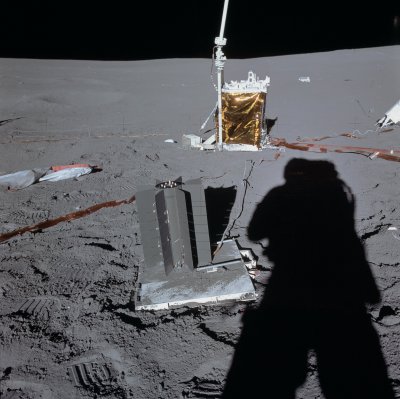Within our comfortable world of causality we expect that reactions always follow an action and not vice versa. This why the recent chatter in the media about researchers having discovered ‘negative time’ with photons being emitted before the sample being hit by source photons created such a stir. Did these researchers truly just crack our fundamental concepts of (quantum) physics wide open? As it turns out, not really.
Much of the confusion stems from the fact that photons aren’t little marbles that bounce around the place, but are an expression of (electromagnetic) energy. This means that their resulting interaction with matter (i.e. groupings of atoms) is significantly more complicated, often resulting in the photonic energy getting absorbed by an atom, boosting the energy state of its electron(s) before possibly being re-emitted as the excited electrons decay into a lower orbit.
This dwell time before re-emission is what is confusing to many, as in our classical understanding we’d expect this to be a very deterministic process, while in a quantum world it most decidedly is not.
Continue reading “Quantum Mechanics And Negative Time With Photon-Atom Interactions”


















